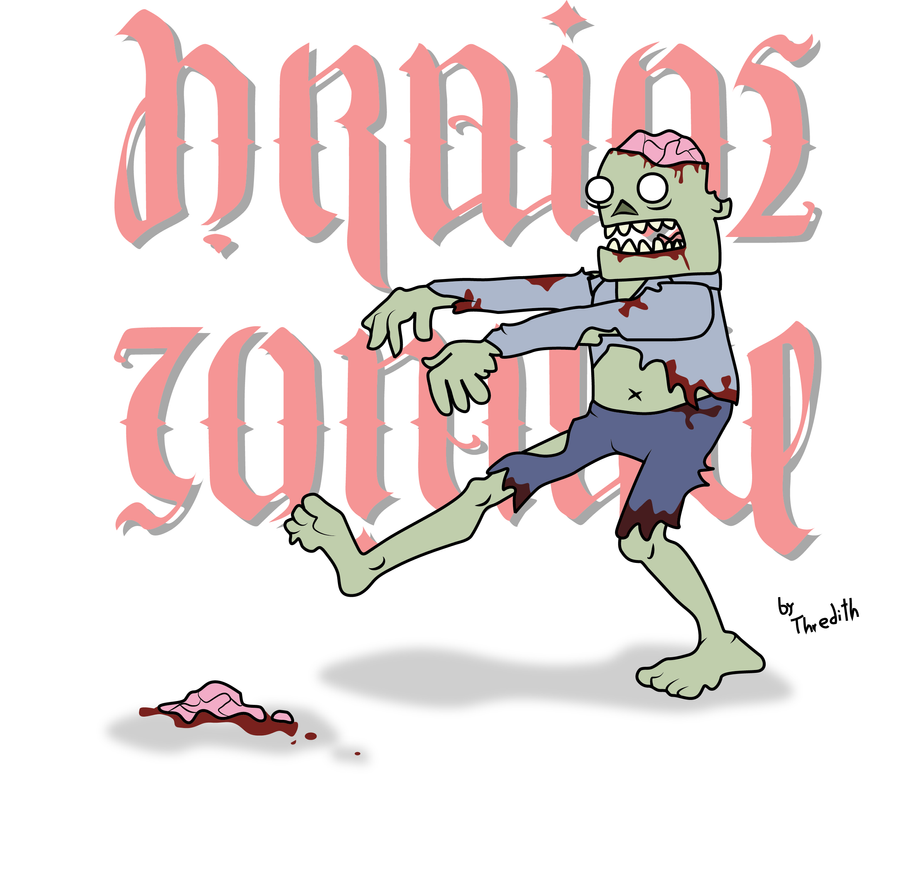I don't watch tv.
Wait--that's not true. I watch Dr. Who, and that's it.
 |
| This is my Doctor. |
Wait--that's not true either. Sometimes I will pretend NOT to watch Antiques Roadshow when my husband is watching it, but we both know better. I don't care about the ugly paintings people bought at garage sales, although I still catch myself exclaiming, "Ten thousand DOLLARS??? For that ? WHAT???" before going back to mindless clicking games on my computer. What I do enjoy are the stories. There are so many fascinating histories made personal with a trinket or a spoon or a chair. Sometimes you catch a doozy of a story:
During the Civil War, Union soldier Fernando Robbins was captured by the Confederates and imprisoned. Robbins kept a diary while in prison, writing about the conditions he faced and the people he met. He collected numerous other artifacts during his time in the South, including a small Confederate flag, a stencil of his name, and several pieces that he carved while in prison. These items were passed down through the Robbins family, along with a photograph that shows him in uniform.
Share this video from Antiques Roadshow with your class as they examine some of these artifacts alongside appraisers. This “unique archive” offers an illuminating historical glimpse into the experiences of a Union solder who served time as a prisoner of war. WATCH: http://to.pbs.org/1JBI2Hp
Like what you read? Follow me on Twitter @itibrout!


.jpg)



